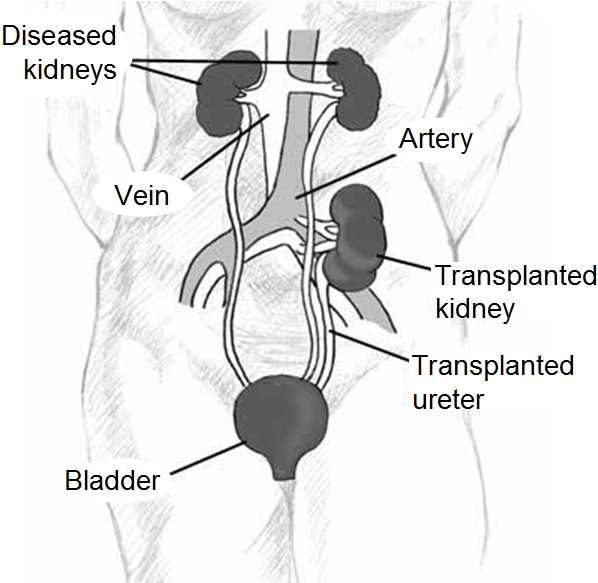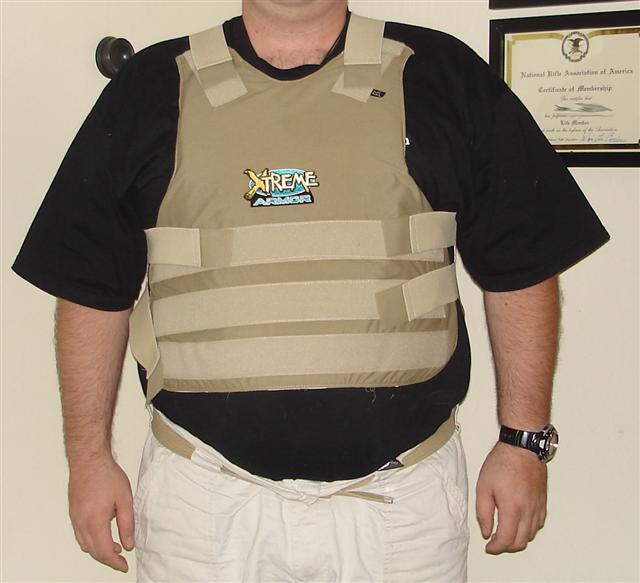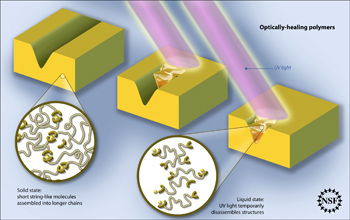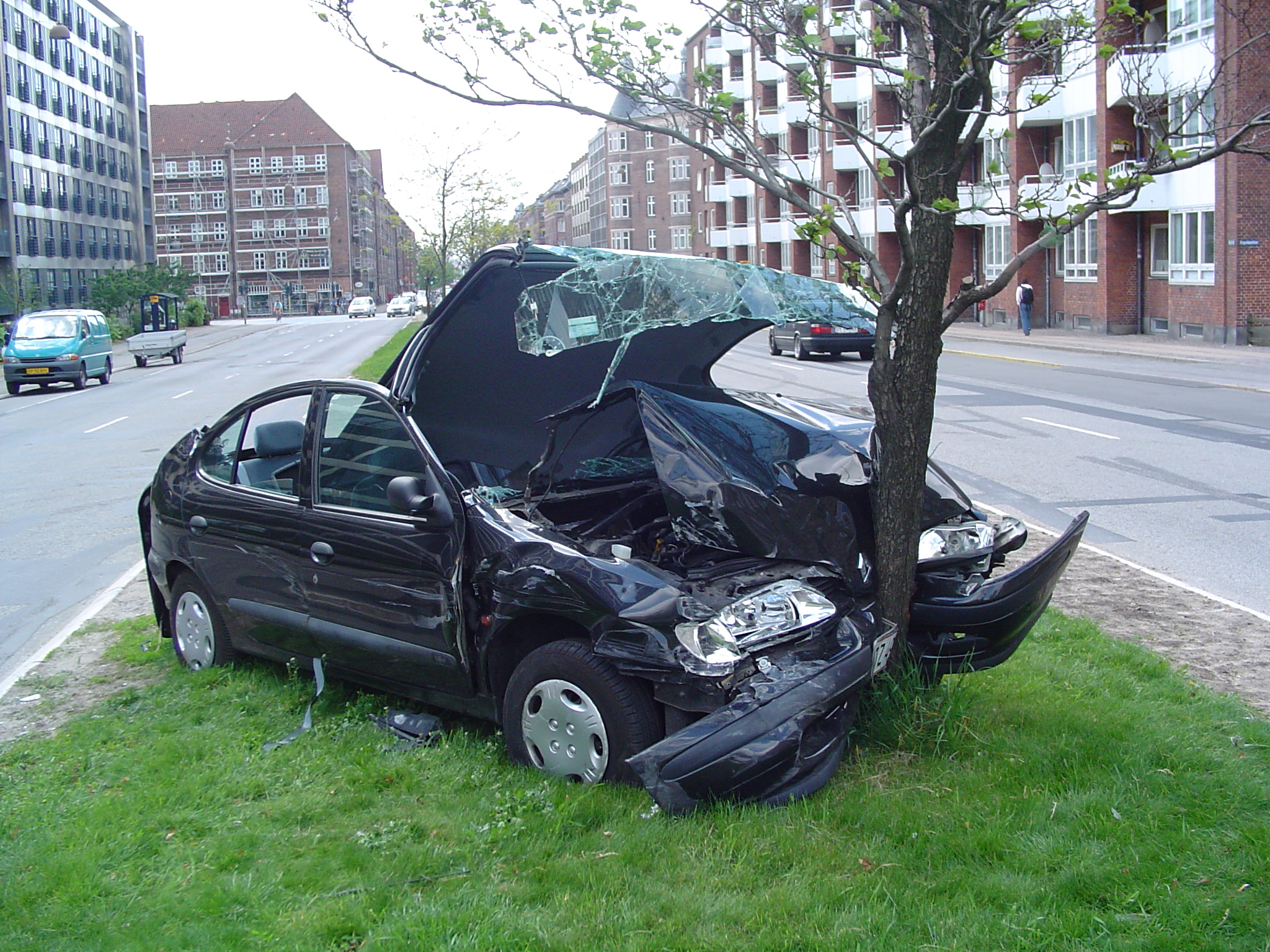 According to a study led by Stephanie Nguyen from the University of California, Davis, girls are much less likely than boys to get on the kidney transplant waiting list. This was true at each stage of diagnosis. The most common reason given for the delay in being registered on the list was that the patient’s ‘work-up was in progress.’
According to a study led by Stephanie Nguyen from the University of California, Davis, girls are much less likely than boys to get on the kidney transplant waiting list. This was true at each stage of diagnosis. The most common reason given for the delay in being registered on the list was that the patient’s ‘work-up was in progress.’ Nguyen and her colleagues reviewed data from almost 4500 pediatric renal patients. Not only were girls less likely to be placed on the transplant list when first undergoing dialysis, but even twelve months after dialysis they were still less likely to be on the list than boys. In addition, boys were more likely to have pre-emptive transplants, receiving new kidneys before undergoing dialysis.
These delays can have critical repercussions for the patient’s survival. The longer a child is on dialysis, the more likely it is that he or she will reject the new organ. In fact, the best outcomes are for patients who never underwent dialysis at all. This is true for adults as well, by the way.
Obviously, renal specialists need to be cognizant of this discrepancy and take steps to eliminate it.










